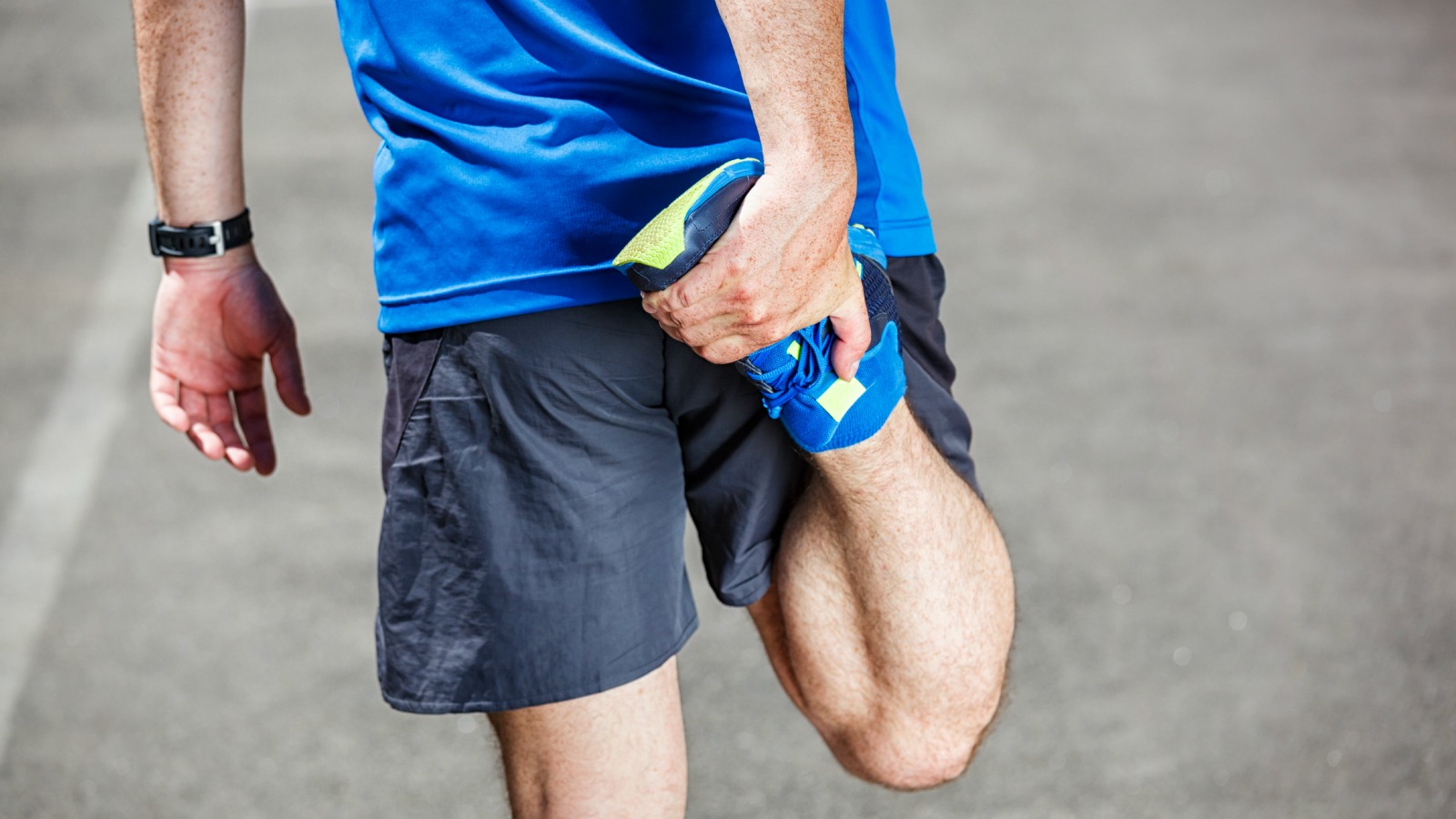Q. What’s the skinny on high-tech workout clothes that claim to eliminate the funk? Am I layering up in petrochemicals or toxics when I hit the gym? I know flame retardants are bad, persistent, and cause more problems than they solve, but what about antibacterial fabrics?
Nikki G.
Vancouver
A. Dearest Nikki,
At first glance, stink-resistant exercise clothes seem like the ultimate in unnecessary technology. If my shirt smells, I’ll wash it, so hold the fancy antimicrobial treatment, thankyouverymuch. But then I think about some other situations — strenuous workdays, multiday camping trips, walking into a gym recently vacated by the middle-school basketball team — and I begin to see the appeal. And it’s not just a nose thing: Clothes that smell fresh longer don’t need to be washed as often, saving water and energy. There might be something to this odor-busting thing after all.
But as you rightly note, Nikki, that’s only true if the textile treatments we use don’t cause environmental and health problems on their way to preserving that daisy-fresh scent. These treatments vary in kind, but they’re all based on the same principle. If you’ll go back with me for a moment to your sixth-grade puberty lessons, BO comes from the bacteria on your skin feasting on compounds in your sweat (sweat itself is pretty much odorless). So if you can keep bacteria (and, to a degree, fungi, mold, and mildew) off workout clothes, the theory is that your apparel will remain smell-free — though your pits are another story.
Manufacturers apply several different types of textile treatments, mainly to synthetic fabrics, that aim to stymie the bugs. The major ones are silver-based compounds and the synthetic chemicals triclosan or triclocarban (all toxic to bacteria), though some other options involve zinc or quaternary ammonium compounds.
Several questions may leap to mind right about now, not least of which is: “Well, if that stuff is slaying bacteria, what’s it doing to me?” We’ve covered triclosan/triclocarban quite a bit over the years here at Ask Umbra (find a refresher here, here, and here), and the chemical is a suspected endocrine disruptor, not to mention a suspected killer of aquatic creatures and contributor to the evolution of antibiotic-resistant bacteria. In short, we don’t like it, and I’d steer clear of any yoga pants that were treated this way.
Silver-based treatments have also been under the microscope in recent years, with somewhat less concrete results thus far. One common way to use silver to destinkify fabric is through nanoparticles, extremely tiny bits of silver applied to or embedded in the cloth; fabric can also be coated with larger silver particles. We do know that silver nanoparticles migrated from treated fabric into artificial sweat in this Swiss study from 2013. This 2014 research from MIT tells us that silver nanoparticles can damage cell DNA. What we don’t know is exactly how much exposure to this kind of silver is harmful to human health, or even how much silver from a fabric treatment on a shirt or shorts makes its way to our skin.
Then we must consider what these compounds do to the ecosystem, Nikki. Several studies (check ‘em out here and here) have shown that some anti-stink fabrics leach their silver treatments in the wash. Certain products lost very small amounts per laundering session, but others flushed up to 45 percent of their silver in just one wash. And it’s not just the nanoparticles that are abandoning your running top: Larger silver treatments can wash out, too. All that silver goes straight down the drain and on to the wastewater treatment plant, where researchers worry it could muck up the bacteria needed to break down waste (some studies suggest these silver particles are converted to stable compounds in oxygen-free environments, but it’s unclear just how complete the process is). And from there, it’s on to your local waterways, where silver poses a threat to aquatic life and can bioaccumulate up the food chain.
All these somewhat shadowy risks seem even more troubling when we consider that anti-odor treatments might not even work. Even if the treatments don’t wash out quickly, Canadian researchers found that some antimicrobial fabrics did little to reduce either bacteria or smelliness on sweaty test-subjects. Given all these caveats, maybe it’s time for active people everywhere to simply stop fighting the funk (I have a great idea for a new theme song).
I do understand the desire to get the stink out of workout clothes after you’re done working them. But we don’t need to turn to questionable chemicals for that: Baking soda can help, and I’ve also found soaking ripe clothes in diluted vinegar before washing to be quite effective. Line-drying the laundry aids odor control through fresh air and sunlight (and saves energy to boot). And finally, you can also turn to naturally odor-resistant fabrics, such as wool and bamboo, for all your sweaty activities. But really, maybe an attitude treatment is all we need: Work hard enough, and you’re not gonna smell like a daisy.
Hyperhidrosisly,
Umbra



